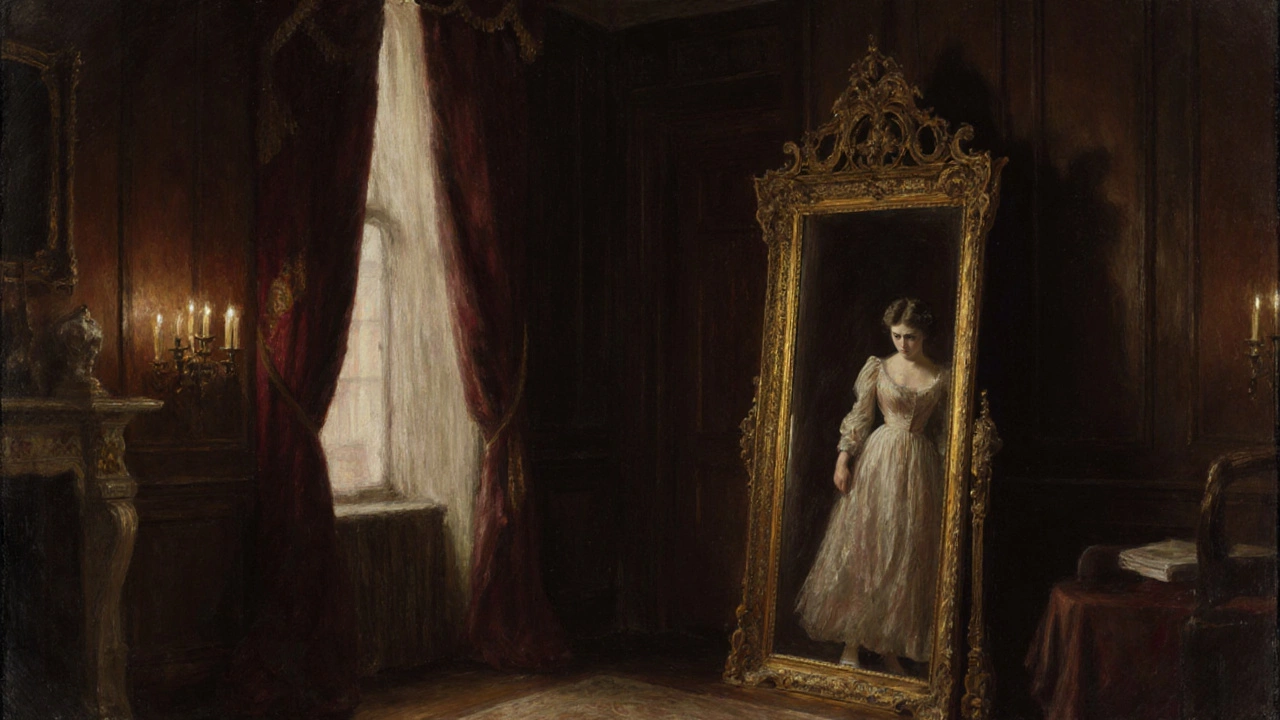Psychology of Mirrors: Why We’re Hooked on Our Reflections
Ever caught yourself staring at a mirror for a few minutes longer than needed? You’re not alone. Mirrors tap into a deep part of our brain that loves checking how we look, feel, and belong. Below we break down what science says about mirror‑fixation, when it’s harmless, and when it might need a reset.
What Makes Mirrors So Captivating?
From the moment we can see our own face, the brain treats a mirror like a social cue. It’s a quick way to gauge confidence, spot a stray hair, or just reassure ourselves we’re still there. This rapid feedback loop fires the same reward centers that light up when we get a like on social media. That’s why toddlers, dancers, and even athletes spend extra time in front of a glass – they’re training their self‑awareness.
When Mirror‑Checking Turns Into a Problem
For most people a quick glance is fine, but some start to rely on mirrors for constant reassurance. That’s a red flag for body dysmorphic disorder (BDD) or obsessive‑compulsive tendencies. People with BDD might spend hours scrutinizing perceived flaws, feeling distressed the moment they’re away from a reflective surface. Similarly, narcissistic traits can show up as endless pose‑checking, but the key difference is the underlying need for external validation.
Signs that your mirror habit is getting out of hand include:
- Feeling anxious when you can’t see yourself for a while
- Skipping activities because you need to “look right” first
- Constantly adjusting hair, makeup, or clothes even after you’re dressed
Practical Steps to Reset Mirror Habits
1. Set a timer. Give yourself a 2‑minute window for a quick check, then move on. Over time your brain learns the ‘quick glance’ is enough.
2. Swap mirrors for photos. A candid photo taken by a friend can give you a realistic view without the live‑feedback loop that mirrors create.
3. Focus on function, not looks. When you need a mirror, ask yourself what you’re actually checking – hair, clothing fit, or posture – and stop once you’ve confirmed it.
4. Try a mirror‑free day. Skipping mirrors for a full day can be eye‑opening. You’ll likely notice you’re more comfortable than you thought.
Culture, Folklore, and the Dark Side of Mirrors
Mirrors have a spooky side too. Stories about “black mirrors” – dark reflective surfaces that seem to swallow light – tap into a primal fear of the unknown. Folklore often links mirrors with portals, soul‑stealing, or bad luck. Modern media, like the TV series “Black Mirror,” uses that unsettling vibe to explore technology’s impact on humanity.
Even though most of those myths are just stories, they remind us how powerful reflections can feel. When a mirror feels like more than glass, it’s a cue that the brain is treating it as a symbolic object, not just a utility.
Bottom Line
Mirrors are useful tools for self‑check‑ins, but they can become a mental habit that clouds confidence. By setting limits, using alternative cues, and being aware of cultural baggage, you can keep mirrors as a helpful aid rather than a source of anxiety. Next time you catch yourself staring, ask, “Am I looking for a quick check or feeding a worry?” The answer will guide you toward a healthier relationship with your reflection.
Explore why people dread their reflection. From ancient myths to brain chemistry, learn what drives mirror phobia and how to face it.
Sep, 26 2025
